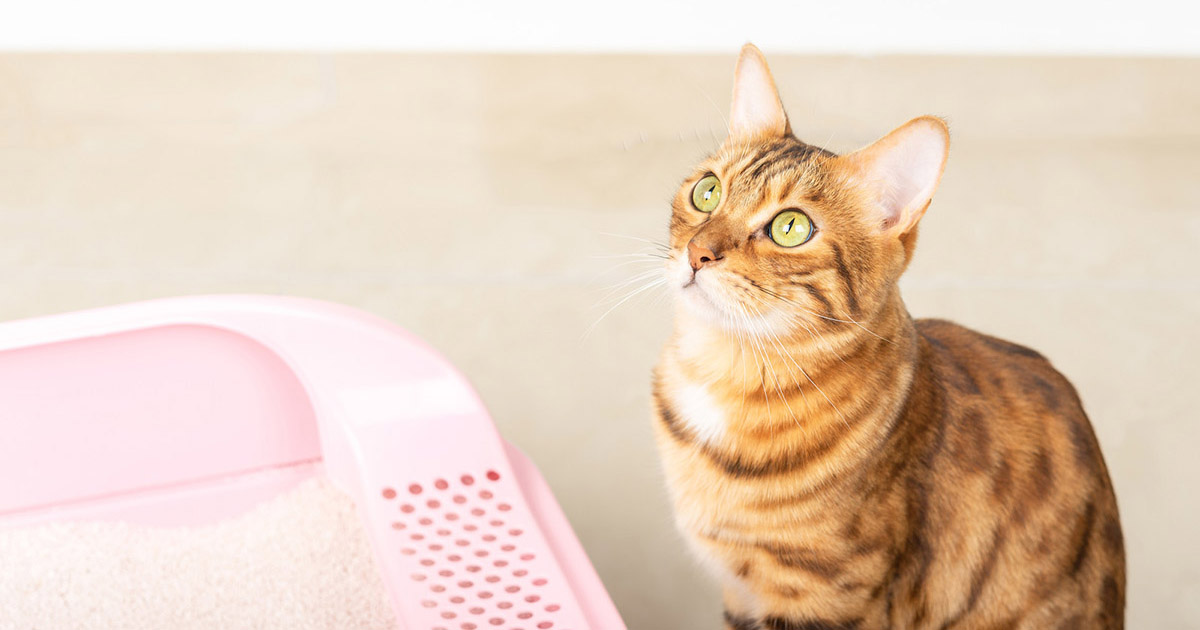Avoid Plumbing Problems: Never Flush Cat Poop Down Your Toilet - Professional Guidance
Avoid Plumbing Problems: Never Flush Cat Poop Down Your Toilet - Professional Guidance
Blog Article
Each person maintains their own idea involving Don’t flush cat feces down the toilet.

Introduction
As feline owners, it's necessary to bear in mind exactly how we throw away our feline friends' waste. While it may appear convenient to flush pet cat poop down the bathroom, this technique can have destructive consequences for both the environment and human health.
Ecological Impact
Flushing feline poop introduces dangerous microorganisms and bloodsuckers into the supply of water, positioning a considerable risk to water communities. These contaminants can negatively influence aquatic life and compromise water high quality.
Health Risks
Along with environmental issues, purging cat waste can additionally pose wellness threats to human beings. Cat feces might include Toxoplasma gondii, a parasite that can trigger toxoplasmosis-- a possibly serious disease, specifically for pregnant females and individuals with weakened immune systems.
Alternatives to Flushing
Luckily, there are more secure and extra responsible means to get rid of feline poop. Think about the complying with choices:
1. Scoop and Dispose in Trash
The most typical method of dealing with pet cat poop is to scoop it into an eco-friendly bag and toss it in the garbage. Make certain to make use of a committed clutter inside story and take care of the waste quickly.
2. Use Biodegradable Litter
Go with eco-friendly feline trash made from materials such as corn or wheat. These trashes are eco-friendly and can be securely taken care of in the garbage.
3. Bury in the Yard
If you have a lawn, consider burying feline waste in a designated location away from vegetable yards and water resources. Make certain to dig deep enough to stop contamination of groundwater.
4. Install a Pet Waste Disposal System
Purchase a family pet waste disposal system especially made for pet cat waste. These systems utilize enzymes to break down the waste, reducing odor and environmental impact.
Conclusion
Accountable pet dog ownership extends past giving food and sanctuary-- it also involves proper waste administration. By avoiding purging feline poop down the bathroom and selecting alternative disposal techniques, we can minimize our environmental impact and protect human health.
Why Can’t I Flush Cat Poop?
It Spreads a Parasite
Cats are frequently infected with a parasite called toxoplasma gondii. The parasite causes an infection called toxoplasmosis. It is usually harmless to cats. The parasite only uses cat poop as a host for its eggs. Otherwise, the cat’s immune system usually keeps the infection at low enough levels to maintain its own health. But it does not stop the develop of eggs. These eggs are tiny and surprisingly tough. They may survive for a year before they begin to grow. But that’s the problem.
Our wastewater system is not designed to deal with toxoplasmosis eggs. Instead, most eggs will flush from your toilet into sewers and wastewater management plants. After the sewage is treated for many other harmful things in it, it is typically released into local rivers, lakes, or oceans. Here, the toxoplasmosis eggs can find new hosts, including starfish, crabs, otters, and many other wildlife. For many, this is a significant risk to their health. Toxoplasmosis can also end up infecting water sources that are important for agriculture, which means our deer, pigs, and sheep can get infected too.
Is There Risk to Humans?
There can be a risk to human life from flushing cat poop down the toilet. If you do so, the parasites from your cat’s poop can end up in shellfish, game animals, or livestock. If this meat is then served raw or undercooked, the people who eat it can get sick.
In fact, according to the CDC, 40 million people in the United States are infected with toxoplasma gondii. They get it from exposure to infected seafood, or from some kind of cat poop contamination, like drinking from a stream that is contaminated or touching anything that has come into contact with cat poop. That includes just cleaning a cat litter box.
Most people who get infected with these parasites will not develop any symptoms. However, for pregnant women or for those with compromised immune systems, the parasite can cause severe health problems.
How to Handle Cat Poop
The best way to handle cat poop is actually to clean the box more often. The eggs that the parasite sheds will not become active until one to five days after the cat poops. That means that if you clean daily, you’re much less likely to come into direct contact with infectious eggs.
That said, always dispose of cat poop in the garbage and not down the toilet. Wash your hands before and after you clean the litter box, and bring the bag of poop right outside to your garbage bins.
https://trenchlesssolutionsusa.com/why-cant-i-flush-cat-poop/
:max_bytes(150000):strip_icc()/0S1A1090-49a8e2c66f8e41d6901f2559787a7f24.jpg)
As a keen person who reads about Can You Flush Cat Poop Down The Toilet?, I thought sharing that excerpt was worthwhile. Do you know somebody else who is curious about the niche? Take a moment to promote it. We take joy in reading our article about How to Dispose of Cat Poop and Litter Without Plastic Bags.
This Page Report this page